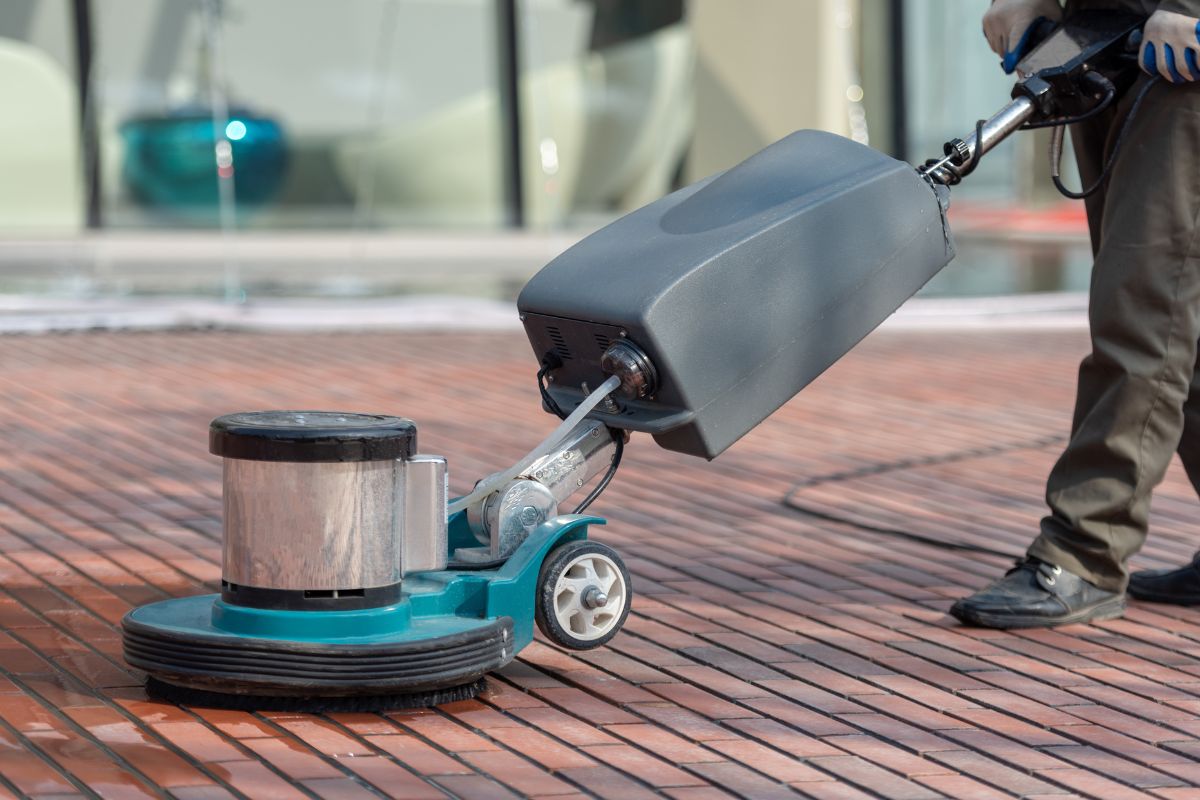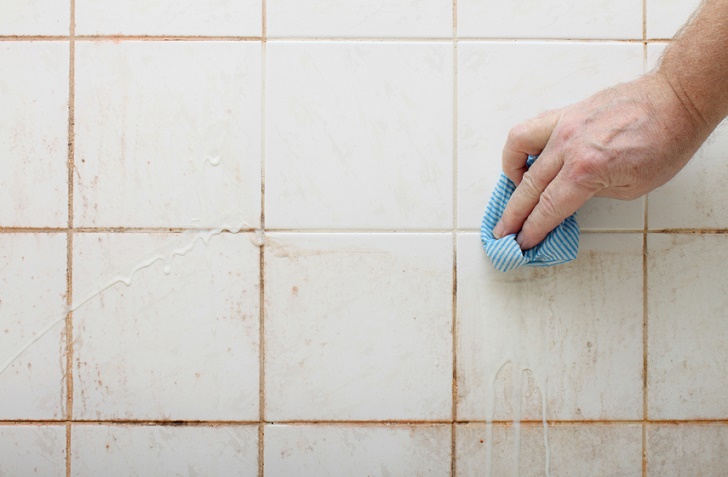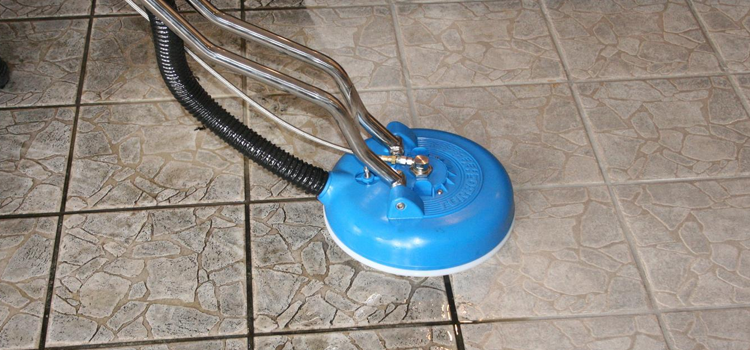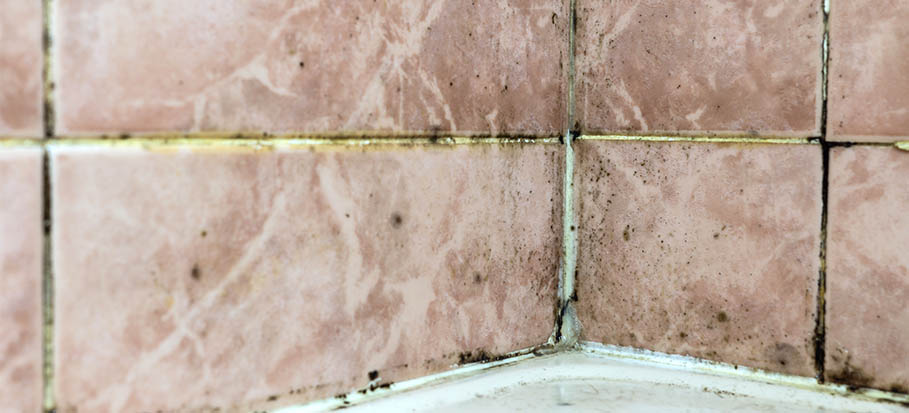Natural limestone tiles are a stunning addition to any home or business, offering timeless elegance and durability. However, like any natural stone, limestone requires regular maintenance to preserve its beauty and functionality. While routine cleaning can handle day-to-day dirt, professional cleaning is essential for deep cleaning, restoration, and long-term care.
Why Limestone Needs Professional Cleaning
Limestone is a porous and delicate material, which makes it more susceptible to:
- Stains: Liquids like wine, coffee, and oils can penetrate its surface and leave permanent marks.
- Etching: Acidic substances such as vinegar, lemon juice, or harsh cleaners can dull its finish.
- Wear and Tear: High foot traffic can cause scratches, dulling, and uneven surfaces.
- Mold and Mildew: Moisture retention can lead to mold growth, particularly in humid environments like bathrooms or kitchens.
Professional cleaning addresses these issues more effectively than DIY methods, ensuring your limestone stays in top condition.
Benefits of Professional Limestone Cleaning
1. Deep Cleaning
- Professional cleaners use specialized equipment and products designed specifically for natural stone.
- These tools penetrate deep into the stone’s pores, removing embedded dirt, grime, and bacteria that regular mopping can’t reach.
2. Stain Removal
- Tough stains, such as oil and wine, require advanced techniques to lift them without damaging the stone.
- Professional services like the Best Tile Cleaning Service can effectively remove stubborn marks while preserving the stone’s integrity.
3. Prevents Damage
- Incorrect cleaning techniques, such as using acidic or abrasive products, can cause irreversible damage to limestone.
- Professionals have the expertise to choose the right methods and products for your specific stone type.
4. Restores Shine
- Over time, limestone can lose its natural luster due to wear and tear.
- Professional polishing and buffing bring back its original shine, enhancing its aesthetic appeal.
5. Grout Cleaning and Restoration
- Dirty or discolored grout can ruin the overall look of your limestone tiles.
- Professional cleaners restore grout lines, removing dirt and mildew while preserving the surrounding stone.
6. Sealing for Long-Term Protection
- After cleaning, professionals apply a high-quality sealer to protect the limestone from future stains, moisture, and damage.
- Sealing also makes routine maintenance easier and more effective.
Signs Your Limestone Needs Professional Cleaning
If you notice any of the following, it’s time to call in the experts:
- Dull Appearance: The stone no longer has its original shine, even after cleaning.
- Stubborn Stains: Spills or marks that won’t come off with regular cleaning.
- Etching: Dull spots or areas caused by acidic substances.
- Uneven Surface: Wear patterns from foot traffic or improper cleaning techniques.
- Mold or Mildew: Dark spots or growth in grout lines or on the stone surface.
Professional Cleaning Techniques for Limestone
Professionals use various methods to clean and restore limestone, depending on its condition:
1. pH-Neutral Cleaners
- These are gentle yet effective at removing dirt and grime without damaging the stone.
2. Steam Cleaning
- High-temperature steam is used to sanitize and deep-clean the surface, removing bacteria and dirt embedded in pores.
3. Polishing
- A mechanical process that smooths the surface and restores its shine, eliminating scratches and dull spots.
4. Sealing
- Applying a protective sealant prevents stains, moisture, and dirt from penetrating the limestone.
5. Grout Restoration
- Grout lines are cleaned and resealed to enhance the overall appearance and durability of the tiles.
DIY vs. Professional Cleaning: What’s the Difference?
While regular cleaning can maintain your limestone on a daily basis, professional cleaning provides:
- Advanced Tools: Professionals use high-grade equipment for thorough cleaning and polishing.
- Expertise: They understand the unique properties of limestone and know the best techniques to preserve it.
- Long-Lasting Results: Professional cleaning and sealing ensure your limestone stays protected for months or even years.
How to Maintain Limestone Between Professional Cleanings
- Use Mats and Rugs
- Place mats at entryways to reduce dirt and grit from being tracked onto limestone floors.
- Wipe Spills Immediately
- Prevent stains by cleaning spills as soon as they occur.
- Clean with pH-Neutral Products
- Avoid harsh or acidic cleaners that can etch the stone.
- Dust and Mop Regularly
- Use a microfiber mop to remove dust and debris without scratching the surface.
- Reapply Sealant Annually
- Keep your limestone protected by resealing it every 12 months or as recommended by professionals.
When to Hire Professional Tile Cleaning Services
While regular maintenance is essential, professional tile cleaning services are necessary for:
- Deep cleaning and stain removal.
- Restoring a dull or scratched surface.
- Treating mold and mildew in high-moisture areas.
- Protecting and sealing the stone for long-term durability.
For reliable and effective care, trust experts offering the Best Tile Cleaning Service to handle your limestone with precision and care. Whether indoors or outdoors, our Outdoor Tile Cleaning Canberra specialists ensure a spotless and long-lasting finish.
Conclusion
Natural limestone tiles are a beautiful investment, but they require proper maintenance to retain their elegance and durability. While daily cleaning can handle minor dirt and spills, professional cleaning ensures your tiles receive the deep care they need. From removing tough stains to sealing the stone for long-term protection, professionals provide comprehensive solutions to keep your limestone flawless. With services like the Best Tile Cleaning Service, your limestone will continue to shine and enhance your space for years to come.
Published on: January 31, 2025





